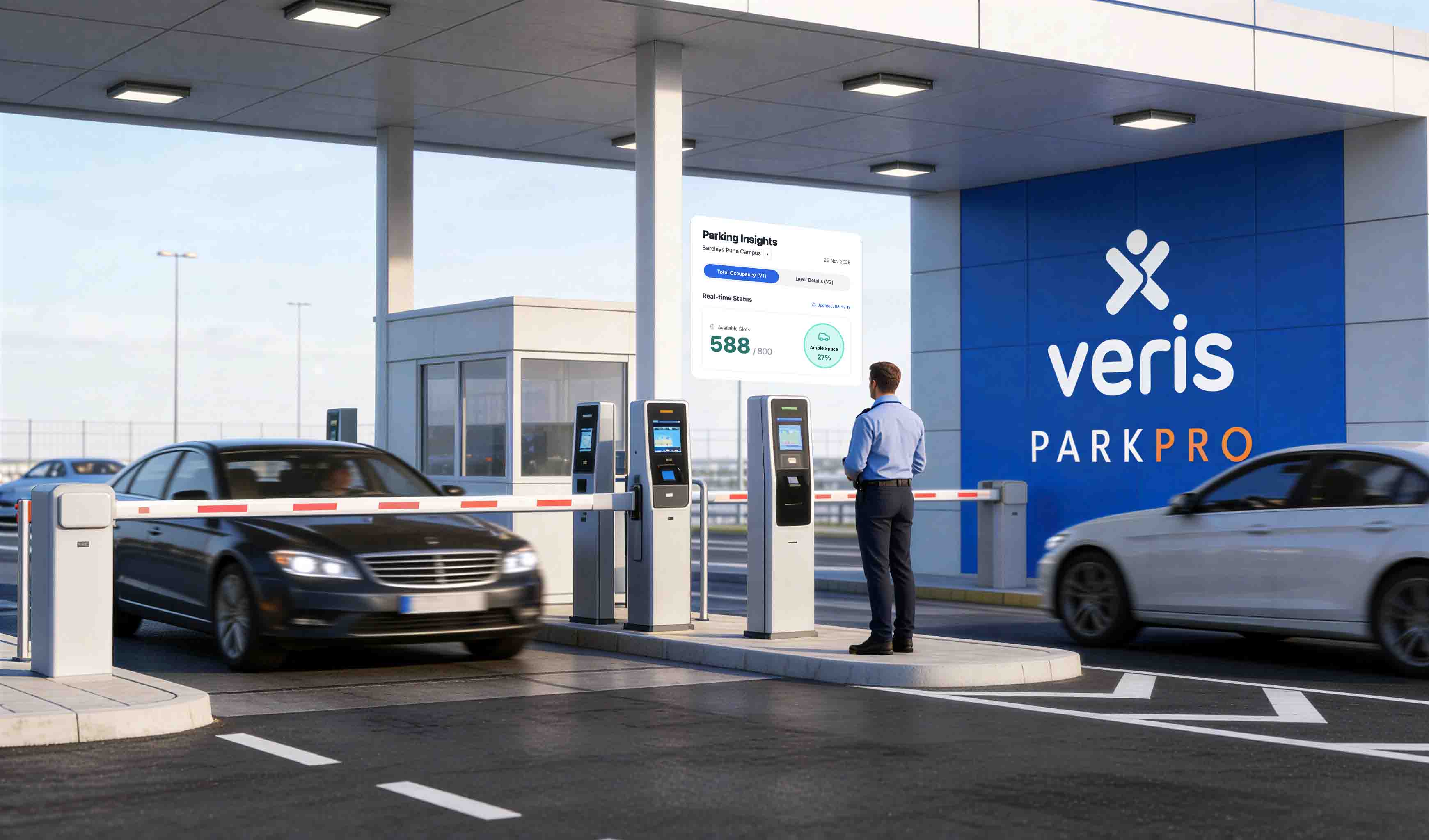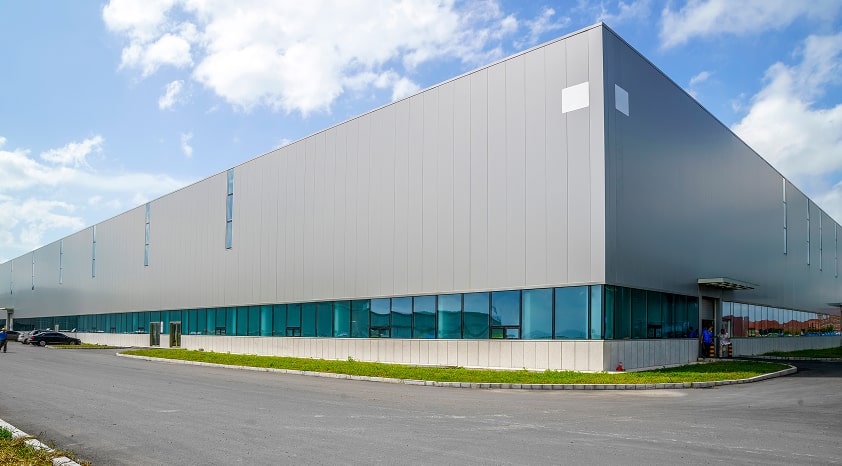What is hot desking, and why has it taken the world by storm? Hot-desking has become increasingly popular in the modern office setup, particularly in the context of the post-pandemic, hybrid work era. This approach to flexible seating arrangements allows employees to reserve their spot from available desks on a first-come, first-serve basis rather than having an assigned seat.
While hot-desking is a flexible and efficient method to manage office space, it can be somewhat problematic, too. In this article, we aim to address employees’ common challenges and offer actionable solutions to make hot-desking less annoying for employees.
Why hybrid work is the new reality
Hybrid work has become the new reality due to its ability to harmonize remote and in-person work advantages. It offers employees the flexibility to choose where and how they work, aligning with the changing expectations of the modern workforce.
This model enhances productivity, as studies have shown that employees can perform just as well, if not better, in a remote or hybrid setting. Hybrid work also helps organizations attract and retain top talent by providing a sought-after work-life balance and the option to work from anywhere.Moreover, it supports cost savings for businesses by potentially reducing the need for extensive office space. The COVID-19 pandemic accelerated this transition, emphasizing the importance of adaptability in uncertain times and making hybrid work a sustainable and strategic choice for the future.
Hybrid work is the new reality because it combines the benefits of remote and in-person work. It gives employees flexibility, boosts productivity, attracts top talent with work-life balance, and can save businesses on office costs. The COVID-19 pandemic accelerated this shift, making it a strategic choice for the future
Why employees can no longer have fixed spaces in the office
Are you working from home today? Maybe you’re part of a hybrid work model? That’s the norm these days! Employees can no longer have fixed workspaces due to the transformative shifts in the nature of work and the work model. The traditional paradigm of assigned desks is becoming outdated as workplaces embrace greater flexibility, remote work, and collaboration across diverse teams.
The rise of technology enables employees to work effectively from various locations, performing on-the-go desk booking and making fixed spaces less necessary. Hot-desking and flexible seating arrangements have gained traction as they optimize office space, reduce costs, and promote spontaneous employee interactions.
This flexibility accommodates the changing demands of a dynamic work environment, fostering agility, innovation, and adaptability within organizations while acknowledging the evolving preferences and needs of the workforce.
Employees no longer have fixed spaces because work has evolved. Technology allows people to work from anywhere, and flexible seating arrangements optimize space, cut costs, and encourage collaboration. This change aligns with dynamic work environments and evolving workforce preferences.
Why Hot Desking is a Necessary Reality
Are you wondering what the benefits of hot desking are or why you can’t do away with it? Here’s why! Hot desking is important because it aligns with the changing nature of work, supports flexibility, enhances resource efficiency, and can improve employee satisfaction and collaboration, among other benefits like choosing the desired seat based on the individual’s need.
Hot-desking optimizes space utilization, reducing the need for dedicated desks and large office footprints, thus cutting costs. It encourages interactions and enhances cross-team collaboration by dispersing employees throughout the workspace.
Furthermore, hot-desking accommodates the increasing prevalence of remote work, providing on-site workspaces when needed, which is crucial for team cohesion and access to specialized equipment or facilities.
This approach aligns seamlessly with agile work practices, allowing teams to form and disband as projects dictate, enhancing agility and productivity. It also supports environmental sustainability by reducing resource consumption and carbon footprints associated with maintaining fixed workspaces.
However, successful implementation requires careful consideration of employee needs for storage, comfort, and a sense of belonging.
Hot desking is essential because it adapts to modern work dynamics, boosts resource efficiency, and fosters collaboration. It cuts costs, supports remote work, and aligns with sustainability goals. But it needs thoughtful planning to meet employee needs.
Problems Faced by Employees in Hot-Desking Scenarios
The Need for Familiarity and Consistency
Employees generally prefer the comfort of a fixed desk and environment when they come into the office. The predictability of flexible seating arrangements is comforting.
The Importance of Team Proximity
Being close to colleagues enhances collaboration and socialization, which many consider vital for effective work in shared workspaces.
Flexibility in Choice
Employees wish for the flexibility to change their workspace according to their needs or preferences for the day.

Avoiding Specific Locations or People
Some employees may not want to be seated near particular functions or individuals, which might distract them or negatively impact their productivity.
Amenities and Services
Having a reserved parking spot and catering services that accommodate their meal preferences are often seen as basic necessities by employees.

Ease of Decision-Making
Hot-desking can be stressful due to the daily decisions required for seating, parking, and meals. A simplified process would be highly beneficial.
Actionable Solutions to Make Hot-Desking Less Annoying
Mobile App for Desk Booking
Having a dedicated mobile app can make accessing the hot-desking system more convenient. Employees can quickly find and reserve desks without needing to open their laptops.

Access to Floor Plans
Offering employees a floor plan view on the app can help them visualize where they will be seated. This makes navigation and planning easier.
Teammate Location Features
An integrated system can allow employees to see where their teammates are seated. Knowing team locations can foster better collaboration and reduce isolation.
Preference-Based Suggestions
A system that learns and remembers employee preferences for seating and meals can offer intelligent suggestions, streamlining the booking process and making it less tedious.
Clear Communication Protocols
Having well-defined communication channels for booking, cancellations, and shifting can minimize confusion and make the entire hot-desking process more transparent. Notifications for such changes on the mobile apps help employees stay aligned with the changes happening on the go.
Hot-desking doesn’t have to be a stressful experience. With intelligent planning and implementing employee-centric features, you can make your hot-desking system less annoying and more productive for your workforce. So, why wait? Start making hot-desking a better experience in your workplace today. If you found this guide helpful, feel free to share it with others who might benefit from it.
Note: While this article offers a comprehensive guide to making hot-desking less irritating for employees, solutions like those mentioned above can be fully realized through platforms like Veris.
Specializing in creating smarter, more connected workplaces, Veris offers a suite of applications that cover everything from desk booking to room reservations, simplifying the complexities of the modern office landscape.
ROI with Veris Desk Booking Management system



DESKBOOKINGSOFTWAREHOTDESKINGHOTDESKINGSOLUTION





































.avif)
.avif)





